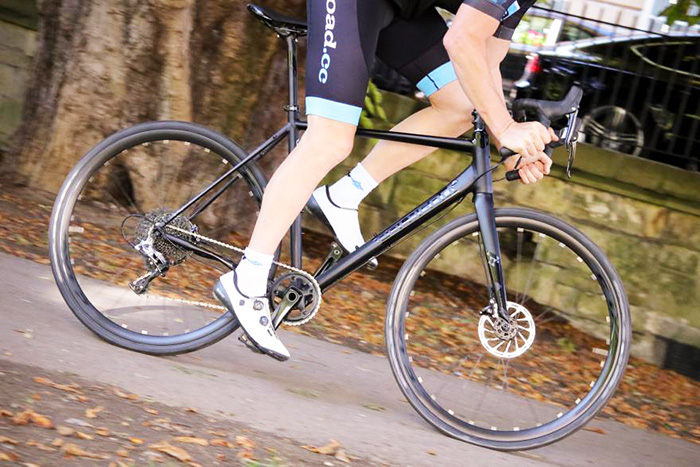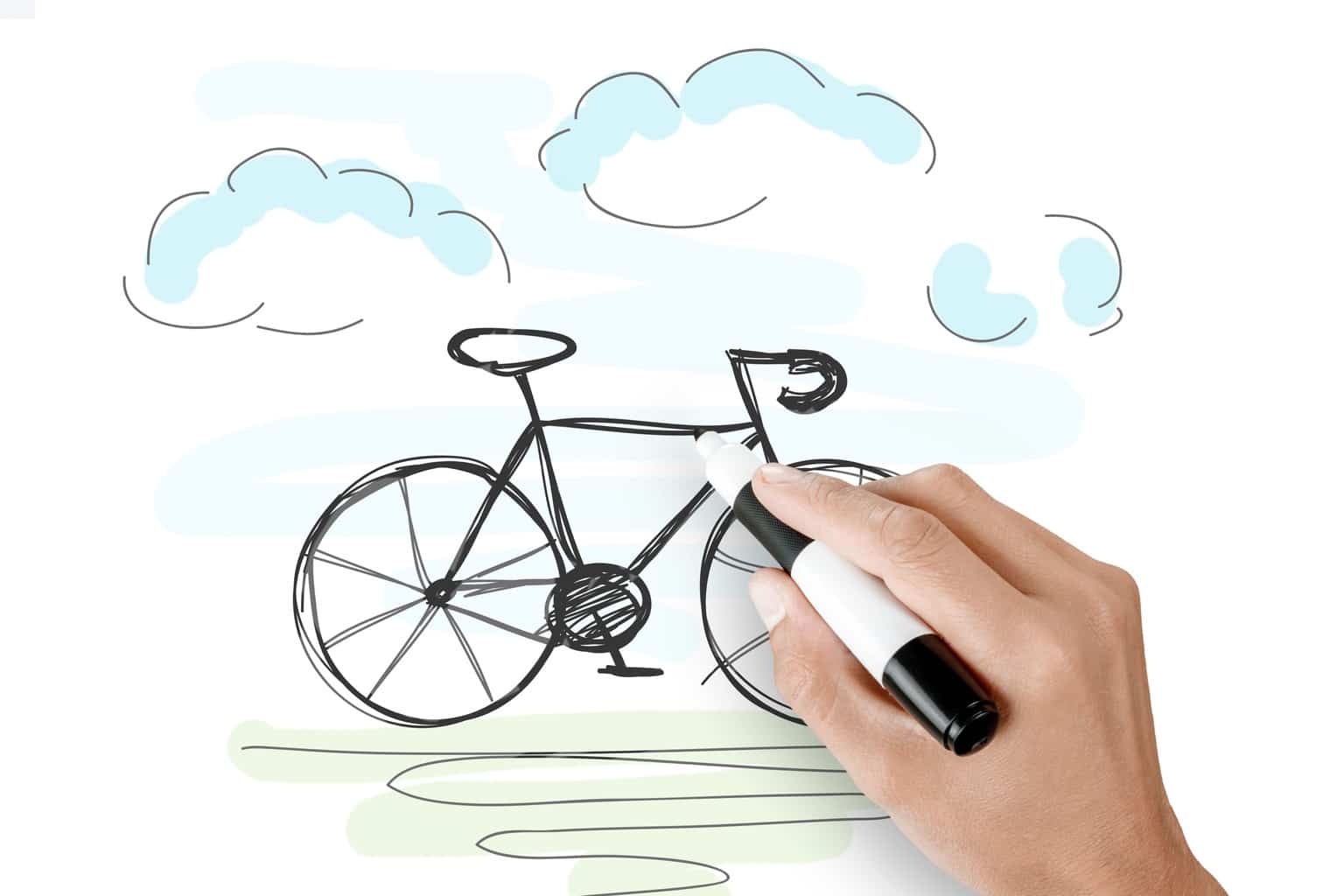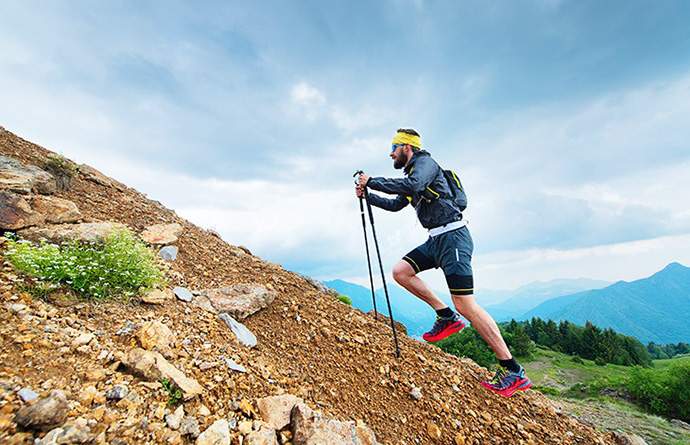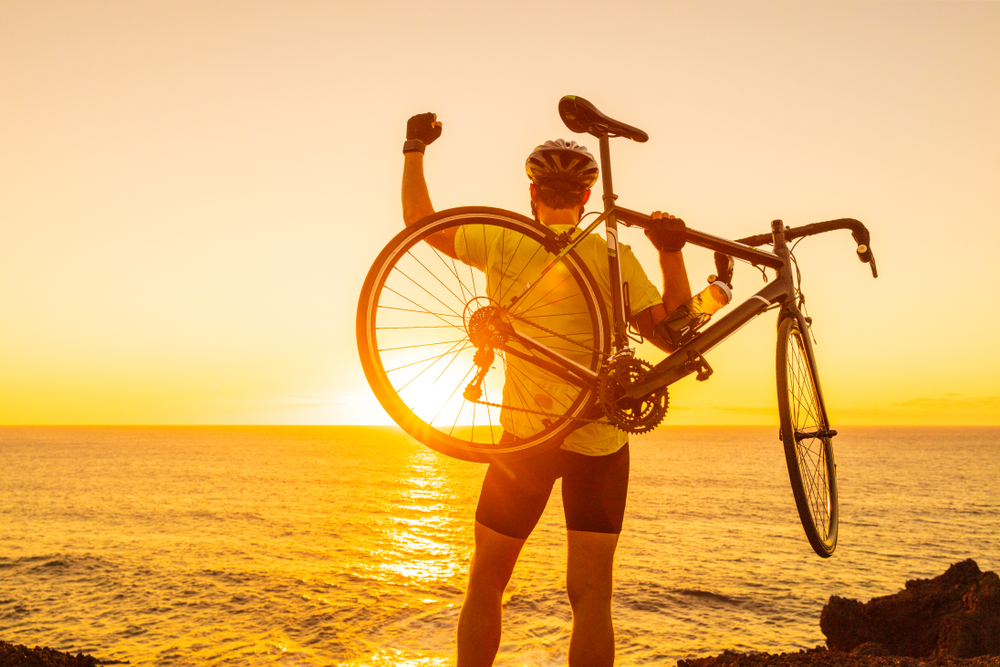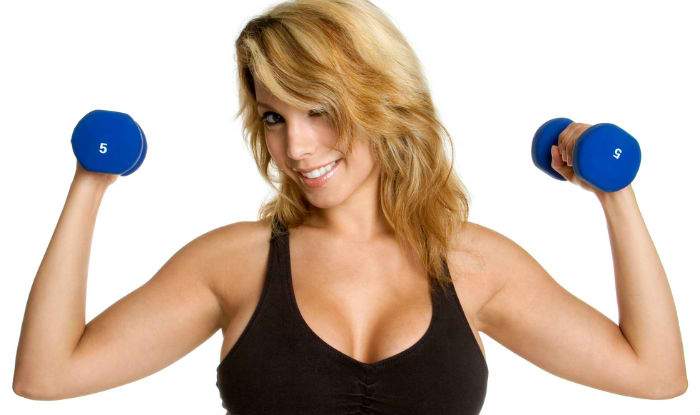People didn’t know why Carolyn Stafford’s leg hurt. Nothing came up in the tests. There seemed to be no causes detected. The physician even suggested that it might be because she was stressed.
She had a job in tech support and it was really stressful. She never stopped attempting to solve the troubles people had with their computers and other gadgets. It put a lot of pressure on her.
Because she loved cycling, Carolyn tried to take the stress away by biking to and from work. The trip was a total of ten miles back and forth daily. She claimed that it was amazing and it helped her a lot. If she had a bad day, she biked the way back home like there was no tomorrow.
Doing this every day had a lot of benefits for her. And when the office relocated ten miles away (which doubled the distance), she didn’t stop biking. Carolyn’s colleagues were in awe and surprised that she would go on biking. There was also the fact that she was in her fifties. But she did continue biking. She just fixed her route. During the winter time, she would wear thick clothes and put snow tires on her bicycle.
Even after retiring more than two years later, Carolyn never stopped biking. She biked daily. She biked to places where she normally used her car. She biked to the salon. She biked to the doctor’s clinic. She biked to the bank, You name the place, she biked there.
Last year alone, she biked over ten thousand miles. That compared to the three thousand miles where she drove her car. She only used her car when she needed to get somewhere quicker or when she had to take other people.
The advantages of biking
It doesn’t take a lot of biking to feel its effects. It doesn’t matter if your bike is a state-of-the-art aluminium mountain bike straight out of the assembly line, or an older model of a Huffy which you purchased a decade ago. Biking offers great physical training. It’s also loads of fun. And with the soaring costs of fuel, biking can save you more money than you can imagine. It’s as beneficial finally as much as it is physically.
If you think you don’t have the time to exercise, enter biking. It gives you the exercise just getting from one place to another. Lisa Callahan, MD believes that biking is as beneficial to your health as any other cardio workout.
It strengthens your physique as well. Biking makes the muscles in your legs and buttocks stronger. When you go uphill, it’s the arms and the upper body that gets a good workout while standing to pedal. It’s not tough on you joints and it saves your cartilage. That’s very good news for women with problems in their muscles, feet, knees and back from running or jogging.
Callahan believes that being too heavy can make exercising more difficult because of the pressure you put on your joints. That is why swimming and biking are really appealing sports.
Biking every day can also aid in one’s weight-watching. It also keep the waistline in check. This again is good news for women who begin to put on a bit of weight in their forties.
Callahan also notes that going on a stationary bike is not as intense at biking outdoors. Without wind resistance and negotiating your route, stationary biking is easier. Callahan says people need to bike a little harder in the gym if they want to achieve the same results.
Riding and fitness
Your bicycle needs to match your body the right way or the advantages of biking will be minimal. If the bicycle doesn’t fit you right, it can cause more problems than generate benefits. Adjust your bike to your body. Callahan, who helps treat injuries from sports and also goes biking on Saturdays and Sundays, says that purchasing a bicycle just because you love the color isn’t a good idea.
If you’re too small for your bicycle, you may end up having aches and pains in your neck and back. If your seat is too low for you, it can be bad for your knees. If you seat is too high, it can also be harmful to your knees. Always make sure the height of the seat is just right.
To see if your seat is at the right height, try pedalling down. Your leg should be almost straight when you reach the lowest point of the movement. There should only be a ten to fifteen degree bend.
For the proper adjustments, Callahan suggests that the bike be taken to a shop where a professional can set up the bicycle to suit you. You never know. Minor adjustments can make a world of difference.
Safety tips
You can have the time of your life biking. But like any other sport, you need to make safety your number one priority. Cycling is by no meager means safe. People who ride bikes suffer injuries, and unfortunately at times, even die. Every year, in the US, five hundred thousand cyclists are brought to the ER because of injuries sustained while biking. More than seven hundred of them don’t make it.
Check out these safety reminders and keep yourself protected.
Always keep your bike helmet on. Eighty-five percent of bikers who die while cycling are because of injuries sustained to the head. In a lot of states, the law applies only to kids and young teens. Eighty percent of bikers who die are sixteen or above. According to research, only eighteen percent of adult riders wear helmets. It’s not enough to avoid motor vehicles. Around seventy percent of biking accidents happen away from cars and trucks.
Make sure you’re seen. Wear outfits with bright colors. Get a flag. It can help you keep cars at a distance. Bike during the day if you can. If you need to go out at night, there are some reflective clothing you can purchase at bike shops. Also install lights at the front and back of your bike. You should also purchase all the reflectors recommended by the National Safety Council, as well as a bell or horn and a rear-view mirror.
Pick out the time you travel well. Don’t jump in during rush hour. It also isn’t a good idea to bike in bad weather when the streets aren’t that visible or conditions wherein you can’t handle your bike very well.
Follow the laws of the road. Cyclists should know the rules and follow them. There should be no attempts at a counterflow on a busy street. Learn the proper hand signals. Always look at the traffic lights. Ride in one line. Don’t overtake. Stay on the far right of the street if you’re not going to make a left turn. Be vigilant. Car doors could open. There may be some small obstacles on the streets that aren’t that visible. Negotiate intersections with caution.
More points to ponder: Wear the right footwear – no flipflops. Always have repair tools and a mobile phone with you. Don’t bike on sidewalks since motorists won’t be able to see you if you’ll be crossing intersections. Don’t drink alcohol and ride your bike. It’s the same principle as drunk driving. You just don’t do it.
https://www.healthybuilderz.com//www.healthywomen.org/content/article/benefits-bike-riding
